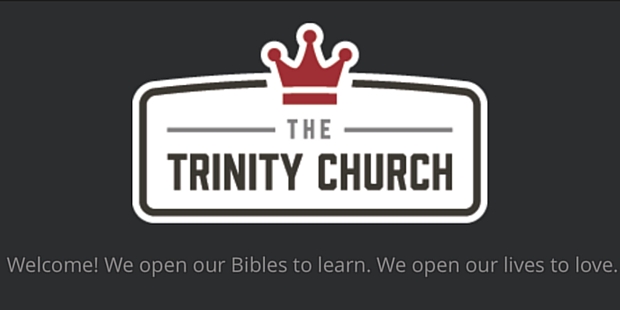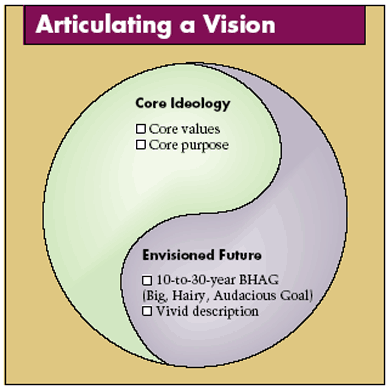
The Church Values of Mark Driscoll’s New Church Plant, The Trinity Church
It has been said that your greatest strengths reflect your greatest weaknesses.
Mark Driscoll grew a wildly successful church in Seattle–Mars Hill–with a strong following locally and nationally through his speaking, books and the Acts 29 church planting network.
A little over a year ago, Mars Hills closed down and the 12 sites of the large megachurch become autonomous. You can read the entire story but I’ll boil it down to one word: grit. It attracted people to pastor Mark; it led to the tragic failure of the church. In the end he was too harsh as a leader.
The year before things started unraveling, I was with Mark in the Catalyst Conference greenroom. My son, Jacob happened to be there with me. I wanted Jacob to get some advice from Mark as he started his journey to college. It was good advice but it was bold, blazing and borderline crass. I was glad Mark said what he said. It was appropriate to three men talking about manly stuff. It was edgy. Your greatest strengths reflect your greatest weaknesses.
I have always said that your success develops your confidence and your failures develop your convictions. As I read the guiding principles of Mark Driscoll’s new church, I couldn’t help but notice how his previous failures are informing his new church values system. Same grit, new love.
At Auxano we walk with churches to build our their top 4-6 values that we define as the shared convictions that guide the actions and reveal the strengths of the church. This is one side of the Vision Frame. Many times the deepest window to our values is our own failures. It reveals lines that we never want to cross again. Here are the top 10 reasons why you should state your church values.
What does this mean now for Mark Driscoll? As he pours the foundation for a fresh start, here are five questions that The Trinity Church will use in making decisions:
- How is God glorified through this?
- Does this contribute to church health?
- Are lives being transformed?
- Are people learning the Bible?
- Are people in relationship?
In addition here are eleven phrases or statements that he aspires to embed into the culture of the church. I consider this to be an extended list of church values that he will be refining.
- ???? Pray first
- ???? The pedals on our bike are Bible teaching and relationships
- ❤️ Loving relationships are the mark of good theology
- ???? Fun is fundamental
- ???? Build people up, don’t beat people up
- ???? God is our Father and we are a family of multiple generations
- ???? Children are a blessing
- ???? We do things with excellence or we don’t do them at all
- ???????????????? The family that serves together grows closer
- ???? Nothing beats people meeting Jesus
- ???? Vision requires provision
Personally I am proud of Mark for stating the obvious and working to create a new culture:
Build people up, don’t beat people up
All through the website you see a new softness; a new attention to love and healthy relationships. Even the use of emoticons signals a shift (or maybe a lack of resources). When it boils all down, it looks like Trinity Church has one mission driving the big idea the new start: We open our Bibles to learn. We open our lives to love.
Who among us doesn’t need grace for life and room to learn from our mistakes? (Whether they be highly visible or not). My prayer is that God will richly bless the new vision of The Trinity Church.
By the way, how are you doing stating your own core convictions and ministry values? What cultural lines have been crossed that need to be re-clarified with your leadership team?

Tags: Church Values, Mark Driscoll, Mars Hill Church, The Trinity Church, Values, Will Mancini






























